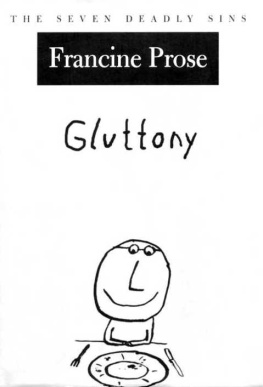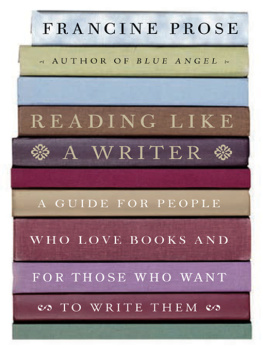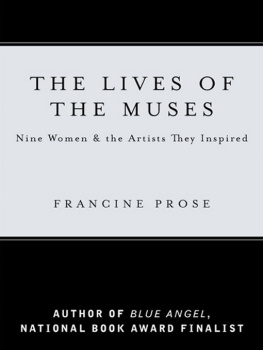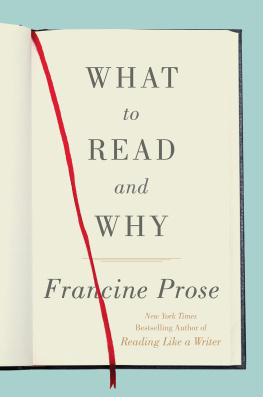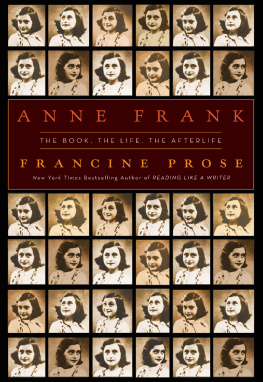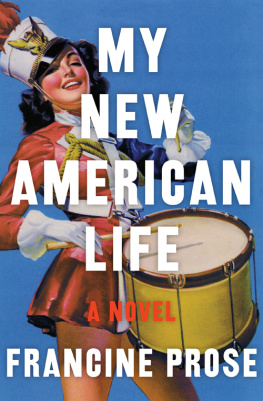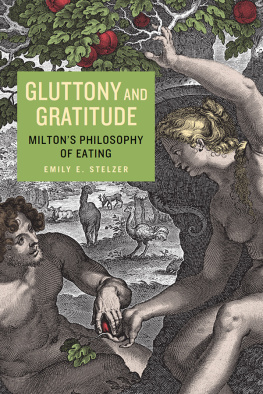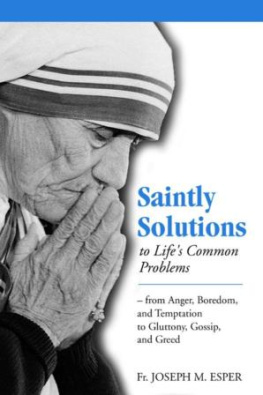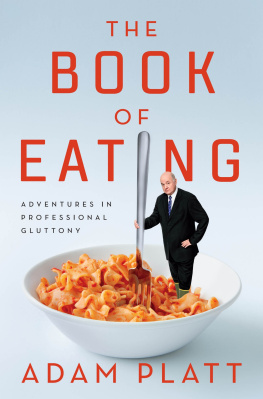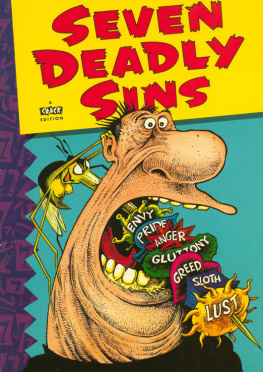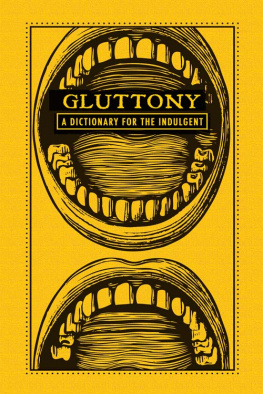Pride
Michael Eric Dyson
Envy
Joseph Epstein
Anger
Robert A. F. Thurman
Sloth
Wendy Wasserstein
Greed
Phyllis Tickle
Gluttony
Francine Prose
Lust
Simon Blackburn
For over a decade, The New York Public Library and Oxford University Press have annually invited a prominent figure in the arts and letters to give a series of lectures on a topic of his or her choice. Subsequently these lectures become the basis of a book jointly published by the Library and the Press. For 2002 and 2003 the two institutions asked seven noted writers, scholars, and critics to offer a "meditation on temptation" on one of the seven deadly sins. Gluttonyby Francine Prose is the second book from this lecture series.
Previous books from The New York Public Library/Oxford University Press Lectures are:
The Old World's New World by C. Vann Woodward
Culture of Complaint.- The Fraying ofAmerica by Robert Hughes
Witches and Jesuits: Shakespeare's Macbeth by Garry Wills
Visions of the Future: The Distant Past, Yesterday, Today, Tomorrow by Robert Heilbroner
Doing Documentary Work by Robert Coles
The Sun, the Genome, and the Internet by Freeman J. Dyson
The Look ofArchitecture by Witold Rybczynski
Visions of Utopia by Edward Rothstein, Herbert Muschamp, and Martin E. Marty
Also by Francine Prose
Fiction
Blue Angel
Guided Tours of Hell
The Peaceable Kingdom
Primitive People
Women and Children First
Bigfoot Dreams
Hungry Hearts
Household Saints
Animal Magnetism
Marie Laveau
The Glorious Ones
Judah the Pious
Nonfiction
Sicilian Odyssey
The Lives of the Muses
Books for Young Adults and Children
After
The Angels' Mistake
The Demons'Mistake
You Never Know
The Dybbuk
Translations
A Scrap of Time
Traces
The Journey
Francine Prose
The New York Public Library





IX
This volume is part of a lecture and book series on the Seven Deadly Sins cosponsored by The New York Public Library and Oxford University Press. Our purpose was to invite scholars and writers to chart the ways we have approached and understood evil, one deadly sin at a time. Through both historical and contemporary explorations, each writer finds the conceptual and practical challenges that a deadly sin poses to spirituality, ethics, and everyday life.
The notion of the Seven Deadly Sins did not originate in the Bible. Sources identify early lists of transgressions classified in the 4th century by Evagrius of Pontus and then by John of Cassius. In the 6th century, Gregory the Great formulated the traditional seven. The sins were ranked by increasing severity and judged to be the greatest offenses to the soul and the root of all other sins. As certain sins were subsumed into others and similar terms were used interchangeably according to theological review, the list evolved to include the seven as we know them: Pride, Greed, Lust, Envy, Gluttony, Anger, and Sloth. To counter these violations, Christian theologians classified the Seven Heavenly Virtues-the cardinal: Prudence, Temperance, Justice, Fortitude, and the theological: Faith, Hope, and Charity. The sins inspired medieval and Renaissance writers including Chaucer, Dante, and Spenser, who personified the seven in rich and memorable characters. Depictions grew to include associated colors, animals, and punishments in hell for the deadly offenses. Through history, the famous list has emerged in theological and philosophical tracts, psychology, politics, social criticism, popular culture, and art and literature. Whether the deadly seven to you represent the most common human foibles or more serious spiritual shortcomings, they stir the imagination and evoke the inevitable questionwhat is your deadly sin?
Our contemporary fascination with these age-old sins, our struggle against, or celebration of, them, reveals as much about our continued desire to define human nature as it does about our divine aspirations. I hope that this book and its companions invite the reader to indulge in a similar reflection on vice, virtue, the spiritual, and the human.
Elda Rotor
Several years ago, I was invited to a midtown Manhattan restaurant for a lunch that was part of an ongoing series of gatherings hosted by two women who were writing a book about women's attitudes toward their bodies, eating, diet, weight loss, and so forth. The lunches were designed to enable the writers to talk to groups of women, to hear what women were saying about what they ate and what they didn't eat and how they felt about it-and to pick up clever dieting tips that readers might find useful.
Perhaps a dozen women attended. Some were plump, some were thin, all were attractive and appealing, none was anywhere near obese. But many of them described their relationship with food as a ferocious, lifelong battle for power and control.
The lines were drawn, the stakes were clear. In one corner was the women's resolve, their fragile self-regard, their sense of how they wanted to look and feel, how they wanted the world to see them; in the other corner was the refrigerator and a gallon of chocolate ice cream. One woman described how triumphant she felt when she succeeded in getting her carton of takeout dinner from the store all the way to her house without wolfing it down in the car on the drive home. Another passed along the helpful calorie counting traveler's trick of calling ahead and asking the hotel at which she would be staying to please empty the mini-bar before she even checked in.
Unsurprisingly, the actual ordering of the lunch was fraught with watchfulness, self-consciousness, and more than a little tension. Decisions were made, minds were changed, requests rethought and altered. How much courage it took simply to ask for the creme brulee. I can't remember precisely what I ate-it seems to me that everyone started with the salad-but what I do recall is suppressing an impulse to order two desserts just to see what would happen.
It's hard to imagine a similar event occurring in any century besides our own. It seems so quintessentially modern, so current and of the moment. What would Thomas Aquinas or Saint Augustine have made of that lunch, or, for that matter, of a world in which women called ahead with directives concerning the mini-bar contents? And yet, had the event taken place a thousand years in the past-let's say, at an early church council or synod-it would more likely have been recognized for what it really was, as something more substantial than a casual chat about body image and diet. Because in fact, it was a sort of metaphysical discussion, a forum on matters of the body and the spirit. For what were these women talking about except sin and virtue, abstinence, self-control, and the daunting challenge of overcoming the fierce temptations of gluttony?

